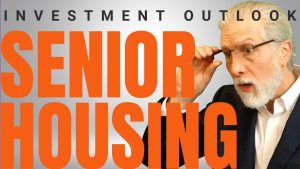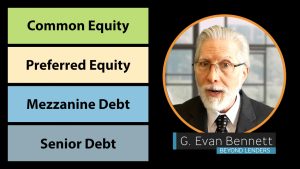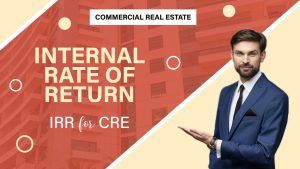Takeaways
- Rising interest rates curtails venture capital funding.
- SVB experiences a run on the bank.
- Federal reserve is likely to slow down interest rate hikes.
As we all know, the Federal Reserve began aggressively raising interest rates in 2022 to fight inflation. One consequence of those hikes has been a sharp downturn in venture capital funding, brought on by concerns of a slowing economy and perhaps an eventual recession. According to data from Ernst & Young, such funding was down by about $120 billion for the year by the end of 2022, or 36% less than funding in 2021.
Tech Companies Are Withdrawing Cash.
Given a lack of available venture capital, some tech companies have been tapping their bank deposits, withdrawing the cash they needed to make payroll, pay their bills, and otherwise continue operations. This proved to be devastating for Silicon Valley Bank, the only publicly traded commercial bank that specialized in serving the so-called innovation economy, which includes the technology, life sciences, healthcare, venture capital, and private equity industries.
Founded in 1983, SVB is headquartered in Santa Clara, California, in the heart of Silicon Valley. According to its website, it’s done business with nearly half of all venture capital-backed startups in the United States. SVB describes itself as the “go-to” financial partner for investors in the innovation ecosystem and beyond. Impressively, the bank quadrupled in size over just the past five years and was valued at more than $40 billion as recently as last year.
SVB Sold Treasury Bonds at Loss of $1.8 Billion
When those tech companies started withdrawing their money, however, SVB was caught short. To keep up with the withdrawals, it had to start selling assets, including Treasury bonds. This brings us back to the Federal Reserve’s ongoing interest rate hikes. Bonds that were purchased prior to those hikes, and apparently SVB purchased a lot of them, have lost a substantial portion of their value because of their low yields. As a result, the bank suffered a loss of $1.8 billion in the sell-off.
This spooked both the markets and SVB’s depositors. The bank’s stock price plummeted by more than 60% on the news and even more customers began withdrawing their deposits. Essentially, there was a run on the bank. By the end of the week, on March 10, 2023, the California Department of Financial Protection and Innovation had shut it down and appointed the Federal Deposit Insurance Corporation (FDIC) as receiver. It was the biggest US lender to fail in more than a decade.
Thankfully for insured depositors, those with less than $250,000 in the bank, they regained access to their money the following business day. Depositors with balances in excess of $250,000 were advised that they will also be made whole in time, as the FDIC sells off SVB’s assets.
Federal Reserve Establishes Lending Facility
So where does this leave us? In the aftermath of SVB’s insolvency, the Federal Reserve rushed to establish a lending facility that effectively would have saved the bank, had it been available in time. The Bank Term Funding Program will offer loans to banks that pledge Treasury bonds and other qualifying assets as collateral. Most critically, these assets will be valued at par, not at current market values. In this way, the program is designed to serve as an additional source of liquidity for banks in times of stress, eliminating their need to quickly sell off high-quality securities at a loss to meet the needs of their depositors.
Additionally, there’s now speculation in the market that the Federal Reserve may alter its monetary policy as a result of these events. Just prior to the news of SVP’s troubles, Fed Chair Jerome Powell gave his semi-annual testimony before the Senate Banking Committee. In that speech, he indicated that economic data was coming in stronger than expected, suggesting that tougher measures may be needed to control inflation. He went on to describe those measures as a return to larger increments for rate increases and an ultimate stopping point that may have to go higher than previously anticipated.
Stress at Banks Affecting Monetary Policy
Less than a week after Chairman Powell made those remarks, in the light of SVB and concerns over possible systemic risks in the banking industry, it suddenly seems less likely that the Fed is going to accelerate the pace of interest rate increases. In fact, many investors are now betting that recent events will lead to smaller rate hikes than had been previously expected. Going forward, the Fed may have to more carefully balance its efforts to bring down inflation with concerns over the resultant financial stress those efforts may be placing on the nation’s banks.




















